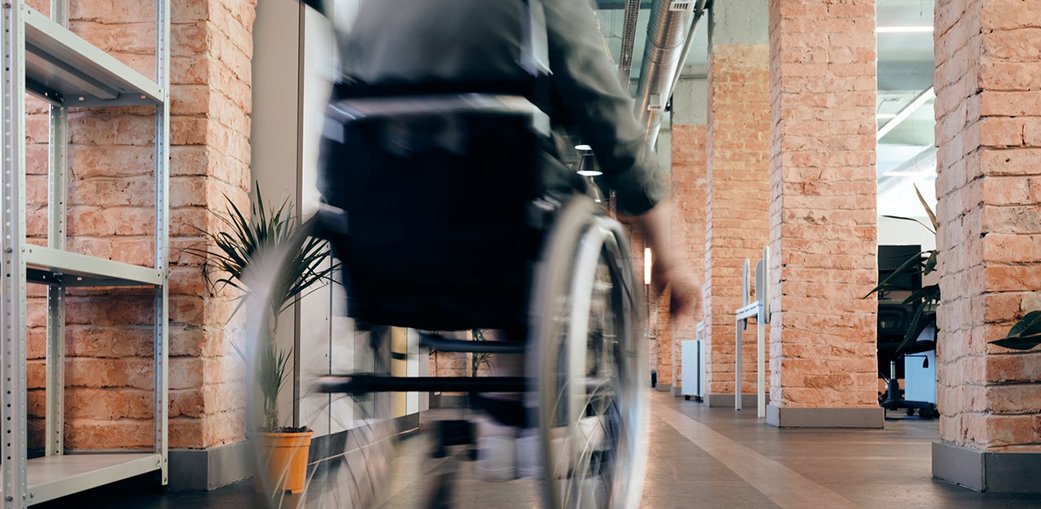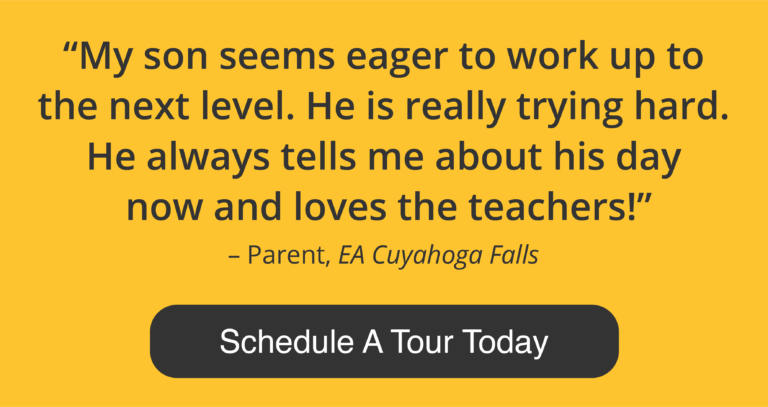The Individuals with Disabilities Education Act (IDEA) defines assistive technology as “any item, piece of equipment, or product system, whether acquired commercially off the shelf, modified, or customized, that is used to increase, maintain, or improve functional capabilities of a child with a disability.” Because this definition is so broad, assistive technology in special education can include both high- and low-tech items.
High-Tech Assistive Technology
In general, high-tech AT generally includes laptops, iPads, and other relevant equipment. For example, a student struggling with spelling and grammar may benefit from a proofreading software. A student who has difficulty with reading may benefit from audiobook versions of textbooks.
Low-Tech Assistive Technology
Low-tech AT includes manually operated technology like wheelchairs, standing desks, or even pencil grips. For example, a student who struggles with focus may benefit from a standing desk because it requires more energy to stand and can reign in hyperactive thoughts and distractions. Another student may have trouble with reading comprehension, and a simple highlighter could help him or her navigate important concepts to remember in the textbook.
Types of Assistive Technology for Students with Disabilities
Assistive technology in special education is meant to help students with disabilities make educational strides comparable to their peers. AT simply bridges the gap created by the disability and allows students to receive a standard education. There are a variety of reasons that a student may need assistive technology, including:
- Blindness or vision impairment
- Deafness or hearing impairment
- Learning, cognitive, or developmental delays
- Physical handicaps
- Speech impediments
For example, a student who is blind or vision-impaired would benefit from audio tools, which could include audiobooks, software that reads errors aloud, or tape recorders to record lessons in lieu of taking notes.
A student with a learning disability that makes organization difficult, meanwhile, may benefit from a data management software and/or device, allowing him or her to stay on top of scheduled tests and assignments.
How EA Provides Assistive Technology for Students with Intellectual Disabilities
At Education Alternatives, we provide specific aid to our students through assistive technology. Our students with IEPs are provided with any technology or arrangements that fulfill their IEP and create an equitable learning environment.
When it comes to assistive technology special education classrooms, our sensory rooms are one example of the vital technology provided at EA. These rooms provide visual, auditory, and tactile aids that help students to process their emotions.
Another example of AT is our Edmentum credit recovery programming. This offers students the opportunity to progress through their coursework at an individualized pace. Some students may need to complete assignments quickly to graduate on time, while others may prefer a slower pace.
This technology also allows students to complete some work from home, as well as to work at different times of day to fit their schedules and goals.
Take a look at some of our services for more about how we use assistive technology in special education classrooms:
Contact Us
If you have further questions about our services and how we can help students with special needs, please reach out to us by completing our contact form. You can also email us at enrollment@easchools.org or call us at (216) 332-9360.

